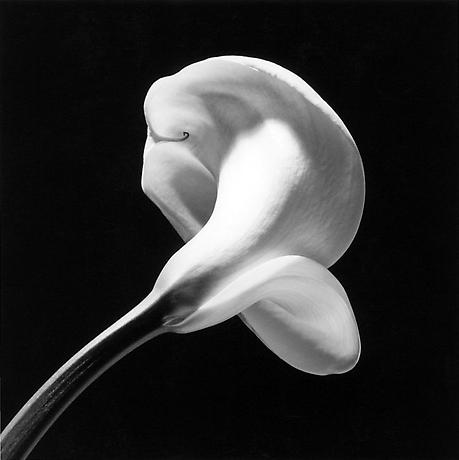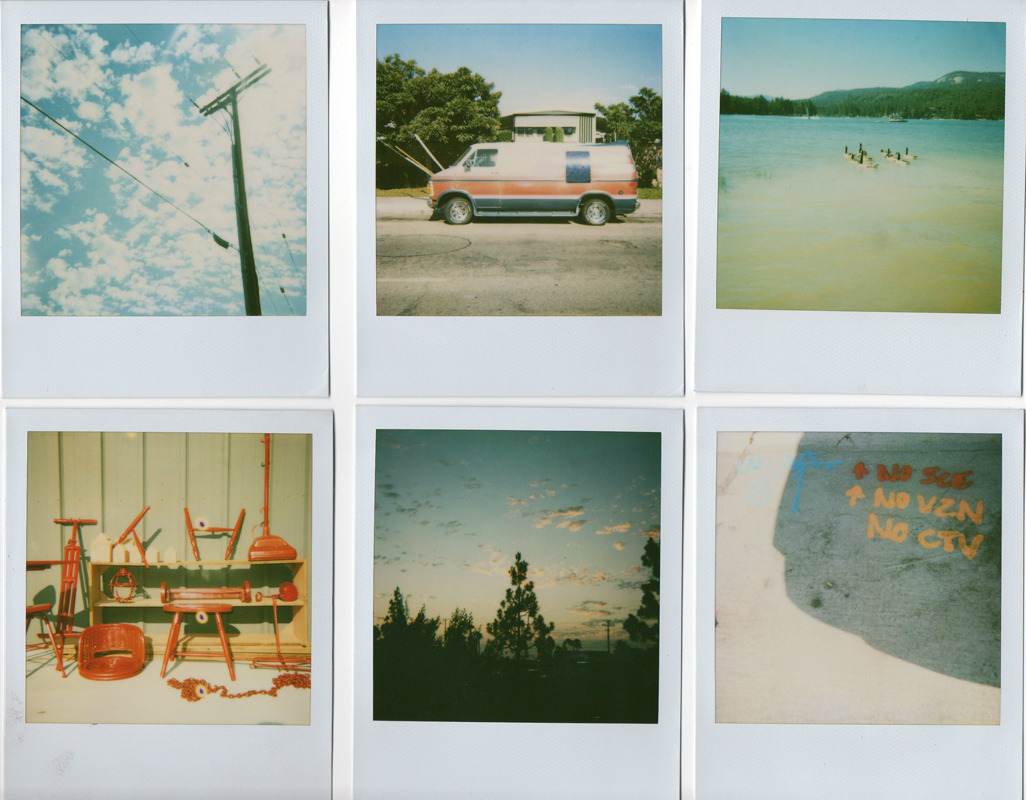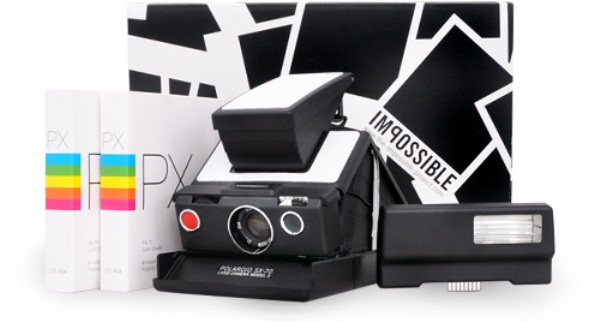Real Photo Postcards: Snapshots of Social History
"Even the humblest material artifact, which is the product and symbol of a particular civilization, is an emissary of the culture out of which it comes"- T.S. Elliot
A Brief History of Postcards
 The first postal card was issued on October 1, 1869 by the Austro-Hungarian post office. It was made of thin card stock and measured 8.5 x 12.2 cm. The card consisted of a decorative frame on the front, and a blank space on the back for the user to write a message. The popularity of the postal card was immense; an estimated nine million cards were sold during the year of its creation.
The first postal card was issued on October 1, 1869 by the Austro-Hungarian post office. It was made of thin card stock and measured 8.5 x 12.2 cm. The card consisted of a decorative frame on the front, and a blank space on the back for the user to write a message. The popularity of the postal card was immense; an estimated nine million cards were sold during the year of its creation.
Literature on postcards explains that there is a difference between “postal cards” and “postcards.” Postal card is the term typically used for government issued mailing cards, while postcards were produced privately. Pre-stamped postal cards were issued by the United States Postal Service in 1873, until the Private Mailing Card Act was passed in 1898, which allowed for the private production of cards. “Private Mailing Card” was required to be written on these cards, because they were not produced by the USPS. At that point, only the government was allowed to place the word “postcard” on cards.
 Cards printed by private producers were described with such terms as: souvenir card, correspondence card, mail card, or the aforementioned private mailing card. The "undivided back" postal card replaced the private mailing card in 1901. This card, issued by the United States Post Office insisted that the back of the card could only hold the address of the recipient. In 1907, the "divided back" postal cards were put into circulation, which allowed for consumers to write a personal message along with an address on the back.
Cards printed by private producers were described with such terms as: souvenir card, correspondence card, mail card, or the aforementioned private mailing card. The "undivided back" postal card replaced the private mailing card in 1901. This card, issued by the United States Post Office insisted that the back of the card could only hold the address of the recipient. In 1907, the "divided back" postal cards were put into circulation, which allowed for consumers to write a personal message along with an address on the back.
In the United States, postcards were in circulation as early as the 1860s. The first patented American postcard was issued by John P. Charlton in 1861, and the rights were later sold to H.L. Lipman. The first non-Postal card (as mentioned above : meaning privately made postcards where postage was applied by the consumer) was introduced in 1869, in Austria. By December of 1901, the United States Post Office allowed for the printing of the words “Post Card” on the back of cards which were privately printed. These postcards were traditionally categorized as: real photo, lithographed, and special cards. They could be made of any material that could be mailed.
Precursors to Real Photo Postcards
A few photographic formats can be considered early ancestors of the real photo postcard, though they were somewhat different (the fact that they were mailed inside an envelope), including carte de visites and stereographs.
There are two specific instances in which earlier postal cards can be considered the precursor to real photo postcards. These examples are described by Robert Bogdan and Todd Weseloh in their book, Real Photo Postcard Guide: The People’s Photography. According to Bogdan and Weseloh, some photographers printed images by using the non-address side of postal cards after coating it in a light sensitive emulsion. The other example they gave was of a postal card (U.S.) mailed in 1874 which had the photograph of a child who had been kidnapped glued to the blank side. The card also contained information about the kidnapping, and claimed that a reward would be given to those with details about the incident.
Picture Postcards and Real Photo Postcards
There are two different types of picture postcards. The first is the printed card, which are mass-produced “mechanically from plates or screens on printing presses.” Real photo postcards, or RPPCs, are real photographs “produced from a negative chemically on photographic paper with postcard backs.”
“Genuine photo,” or “actual photo” postcards were made directly from a negative on paper that had been sensitized. This paper was available through photographic suppliers and dealers. Some people even sensitized the paper themselves, in the comfort of their own homes. There were several different processes used in the printing of the real photo postcards, such as collodion, cyanotype, and albumen. The most popular process was the silver gelatin. Most real photo postcards were created in black and white, but were often hand colored.
The first documented photo postcard was mailed in 1899, but didn’t gain much popularity until a few years later when Kodak started selling photo paper along with a pre-printed postcard. The Kodak Company also produced models of Kodak "postcard" cameras in 1906, which created negatives the size of postcards. The outcome of using such a camera were clear, crisp images. Another feature of some of these cameras was that the photographer could write a caption or comment on the negative itself by lifting a tiny thin door at the back of the camera body. This user-friendly camera and paper made sending postcards extremely personal. It was also fast and affordable, so the average person could create postcards to their heart’s content, without spending too much time or money.
Many real photo postcards are confused with photochrome cards, which were introduced in 1934. Photochrome cards look like color photographs, but they were created through a color printing process which used lithography techniques. The two can be identified by using a magnifying glass; real photo postcards have a smoother gradation of color and form, and photochromes contain tiny dot patterns.
 I was inspired to research real photo postcards because I had received two as a gift recently, and was curious about their origins. I found some background information on a wonderfully informative website called Metro Postcard. They have put together a list and descriptions of the many postcard artists, studios, and distributors. I was able to find information where at least one of my postcards came from by matching the little logo in the corner of the image to one on the website.
I was inspired to research real photo postcards because I had received two as a gift recently, and was curious about their origins. I found some background information on a wonderfully informative website called Metro Postcard. They have put together a list and descriptions of the many postcard artists, studios, and distributors. I was able to find information where at least one of my postcards came from by matching the little logo in the corner of the image to one on the website.

The postcard came from the Noyer Studio in Paris, France. The photographer responsible for the images was Alfred Noyer, who was in charge of production from 1910 until the 1940s. Noyer was a member of the Salon de Paris, and he photographed paintings for the Salon, to be used in the creation of art carts. The website states that Noyer’s earlier cards were photo reproductions of artworks which were printed in halftone lithography. Noyer was also known for creating illustrated photo cards depicting World War I, which tended to be of the patriotic persuasion. The postcard I received, according to this website, is from the 1920s. Noyer had begun to produce cards with nude women, or women in risqué poses. He also produced hand colored images of children at the time.
 |
| Noyer Postcard I was given |
Real Photo Postcards: Snapshots of Social History
 |
| One of my favorite Real Photo Postcards, Germany 1932 |
The popular saying is that "a picture is worth a thousand words," and this holds true for real photo postcards-that is, they are representations of social history without any actual words. They can relay many aspects of social history and change. Through studying these photo postcards, viewers can gain a sense of what was popular during a certain year, in a certain location, to people of all different sorts. For example, there were many postcards of vacation spots and historical monuments and landmarks. Obviously, these destinations were popular, and people were buying the postcards to collect as souvenirs, or to give as gifts to friends and family.
Postcards from the past can be viewed side by side with postcards being produced today, to observe differences in clothing, architecture, advertising, and hair styles, to name a few. Recurring themes in the past may not be the same as recurring themes in the future. For example, postcards sent as propaganda were popular during wartimes-not so much in the present.
Sources
http://www.weirsbeach.com/Largejpgs/postcardhistory.html
http://www.pdxhistory.com/html/post_card_history.html
http://www.metropostcard.com/publishersn.html -Noyer photos also from this site
http://www.notesonphotographs.org/images/e/ec/Ania_Michas_Report_small_for_web.pdf




































